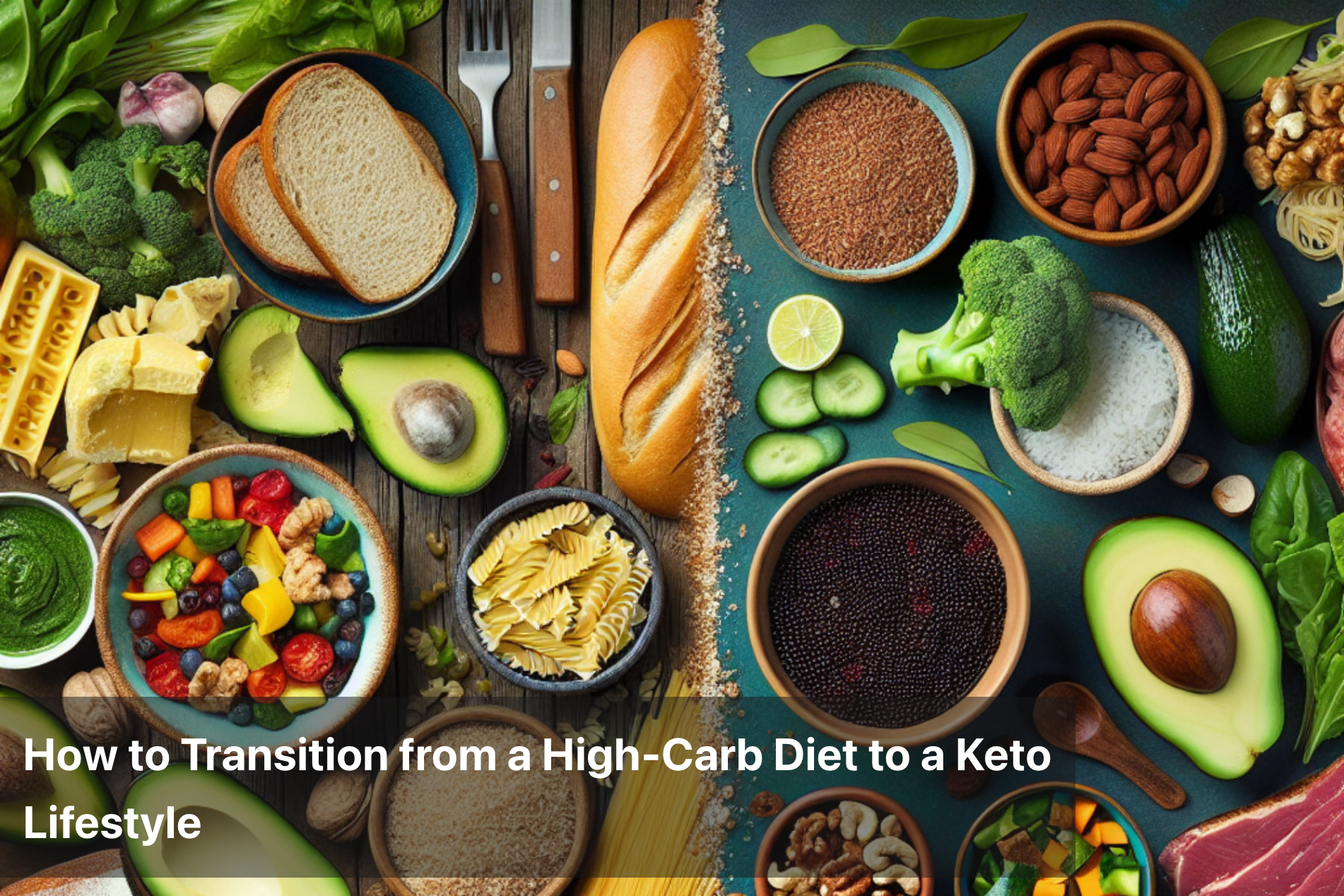
How to Transition from a High-Carb Diet to a Keto Lifestyle
Transitioning from a high-carbohydrate diet to a ketogenic lifestyle is a significant shift for the body and mind. The ketogenic diet, known for its high-fat, moderate-protein, and low-carb composition, trains the body to burn fat instead of glucose for energy. For those accustomed to a carb-heavy diet—including rice, bread, pasta, and sugary snacks—this shift can be challenging but extremely rewarding when done correctly.
The process involves both physiological and psychological changes. Knowing what to expect, how to ease the transition, and what strategies to adopt can make the shift smoother, more sustainable, and healthier in the long run.

Understanding the Keto Metabolic Shift
In a high-carb diet, the body primarily uses glucose (derived from carbohydrates) as its main energy source. Insulin levels remain elevated to manage blood sugar, and fat is stored rather than burned. The ketogenic diet aims to reverse this process by drastically lowering carbohydrate intake (typically to under 50 grams per day). This depletion of carbs causes the body to enter a state known as ketosis, where it begins to break down fats into ketones, which then serve as the body’s alternative energy source.
This metabolic state reduces insulin levels, promotes fat burning, and stabilizes energy levels, making it ideal for weight management, blood sugar control, and improved mental clarity.
Common Challenges When Switching from High-Carb to Keto
The transition period can come with a few temporary side effects as the body adjusts to using fat instead of carbs for fuel. These symptoms are collectively known as the “keto flu.”
Common symptoms during transition:
Fatigue and sluggishness
Headaches or brain fog
Irritability or mood swings
Sugar cravings
Muscle cramps or soreness
Constipation
Trouble sleeping
These symptoms usually resolve within a few days to a week and are signs that the body is adapting to a new fuel source.
Causes of Transition Discomfort
Most symptoms are caused by:
Electrolyte imbalance: As insulin drops, the kidneys excrete more sodium and water, leading to dehydration and mineral loss.
Glycogen depletion: The body uses up stored carbohydrates, often causing fatigue and water loss.
Sudden removal of sugar: Cravings intensify as the body readjusts its energy preferences.
Proper hydration, balanced electrolytes, and adequate fat intake can significantly reduce these symptoms.
Step-by-Step Guide to Transition Successfully
1. Start by Reducing Carbs Gradually
Rather than eliminating all carbs overnight, reduce intake slowly over 5–7 days. Begin by removing refined sugars, white bread, and sugary drinks. Replace high-carb foods with low-carb vegetables, healthy fats, and proteins.
Focus on:
Leafy greens, broccoli, zucchini, and cauliflower
Healthy fats like ghee, avocado, olive oil, and coconut oil
Moderate protein: eggs, paneer, chicken, or fatty fish
2. Prioritize Healthy Fats
To fuel your body efficiently on keto, increase your intake of nutrient-dense fats. These include:
Ghee, butter, and coconut oil for cooking
Avocados, olives, and nuts as snacks
MCT oil for a quick energy boost in drinks or smoothies
Fats should make up around 70–75% of your daily calorie intake on a keto lifestyle.
3. Focus on Whole, Unprocessed Foods
Avoid packaged "low-carb" items that may contain hidden sugars or harmful oils. Choose real, whole ingredients wherever possible. Products from Lofoods such as keto atta, low-carb roti, cookies, and namkeen are excellent choices to maintain Indian food habits while reducing carbs.
4. Stay Hydrated and Replace Electrolytes
Drink plenty of water and ensure you're getting enough sodium, potassium, and magnesium to avoid cramps, fatigue, and headaches.
Natural sources:
Himalayan pink salt (sodium)
Avocados, spinach, mushrooms (potassium)
Pumpkin seeds, almonds, and dark chocolate (magnesium)
Bone broth and electrolyte drinks can also be helpful in this phase.
5. Meal Prep and Plan Ahead
Planning your meals in advance reduces the risk of reverting to old eating habits. Include:
High-fat breakfasts like eggs with sautéed vegetables in ghee
Simple lunches with grilled chicken or paneer and low-carb vegetables
Dinners with Lofoods keto roti, homemade curries, or baked fish
Snacks such as Lofoods keto cookies, mixed seeds, or cheese cubes
Batch-cooking meals and using keto-friendly ingredients from Lofoods helps you stay consistent even on busy days.
Recommended Sample Meal Plan for Transitioning
Meal |
Foods |
|---|---|
Breakfast |
Scrambled eggs with spinach and ghee + 1/2 avocado |
Lunch |
Grilled chicken with broccoli stir-fried in coconut oil |
Snack |
Handful of almonds or Lofoods keto namkeen |
Dinner |
Palak paneer with 2 Lofoods keto rotis + cucumber salad |
Dessert |
Lofoods keto cookies or a spoon of peanut butter with cocoa powder |
Tips for Long-Term Success
Track your macros: Use a food tracker app to monitor your fat, protein, and carb intake.
Listen to your body: Eat when you're hungry, stop when full, and don’t obsess over calorie restriction initially.
Practice mindful eating: Focus on meals, avoid distractions, and eat slowly.
Stay active: Light exercise like walking or yoga helps improve insulin sensitivity and burn fat.
Use Lofoods keto staples to make your meals convenient, traditional, and enjoyable.

Foods to Avoid During Transition
Cut out high-carb, processed, and sugary foods such as:
Bread, pasta, rice, and wheat-based products
Sugary beverages, juices, and sodas
Chips, crackers, and bakery items
Sweet fruits like bananas, mangoes, and grapes
High-carb Indian snacks like samosas, namak pare, and fried street food
Instead, stock your pantry with low-carb flours, keto snacks, sugar-free desserts, and healthy fats—many of which are available through Lofoods’ keto range.
Summary
Shifting from a high-carb diet to a keto lifestyle is a metabolic transformation that comes with both challenges and benefits. The initial transition may bring temporary discomfort, but with the right strategies—like gradual carb reduction, increased fat intake, proper hydration, and planning ahead—you can make the switch smoothly and sustainably.
Focusing on nutrient-dense foods and using reliable keto-friendly products from Lofoods allows you to maintain cultural food habits while achieving better health, fat loss, and metabolic balance. A thoughtful approach to the transition ensures long-term success and a healthier, more energized life.
This Blog post is an initiative by Lo! Foods, to provide accurate and Nutritionist / Doctor approved information related to Health. Lo! Foods is India's leading brand for Everyday Functional Foods. Foods designed for specific Health conditions or Needs. Lo! Foods also runs India's largest range of Low Carb Healthy Cloud Kitchens, under the brand names of Lo!, ProteinChef, ATH (All Things Healthy) and DiabeSmart.


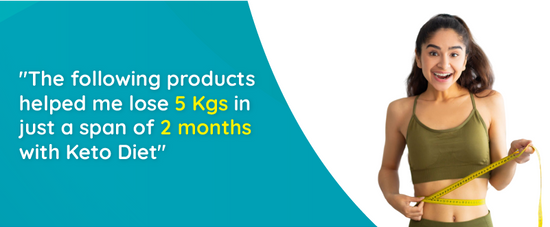
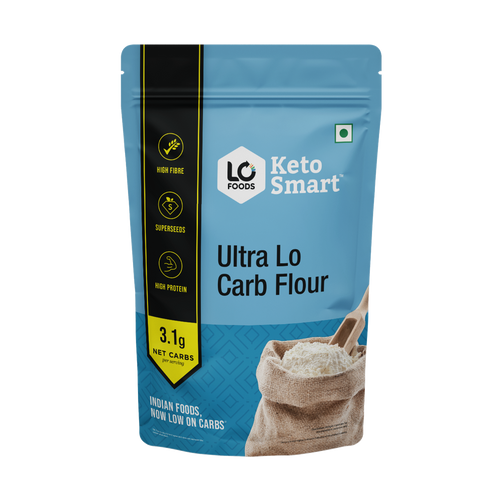
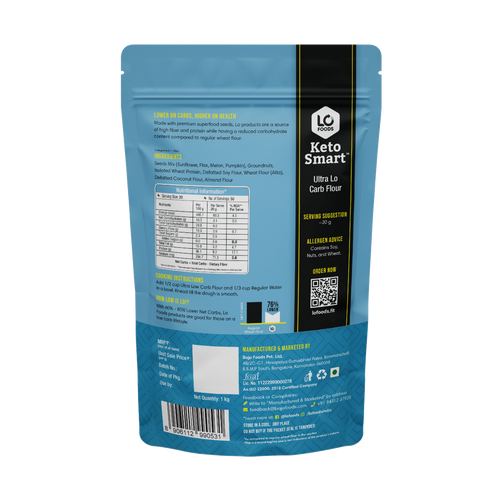
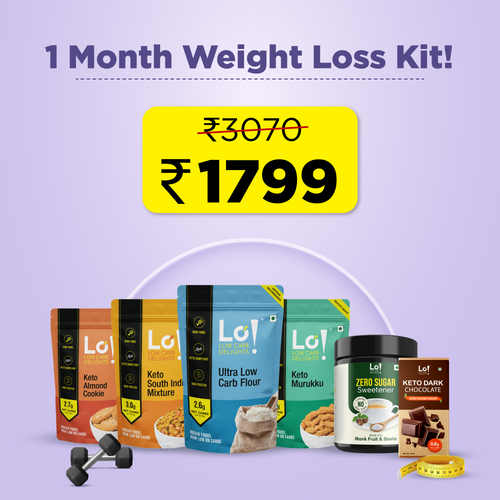
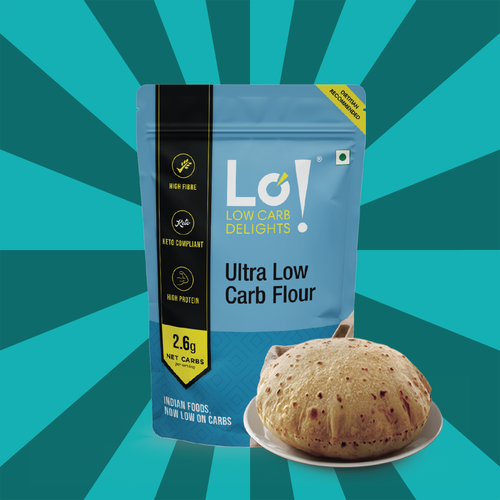


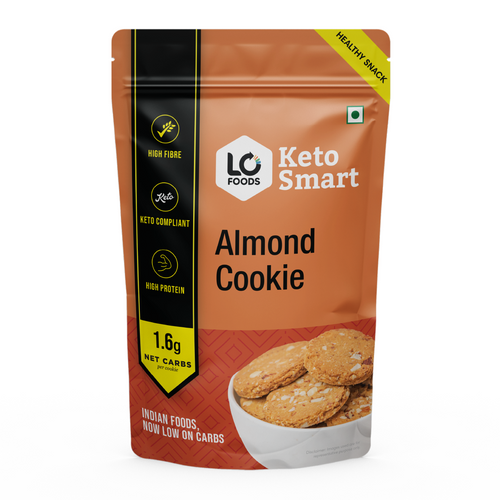


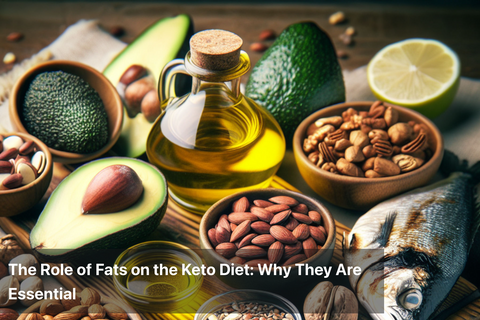
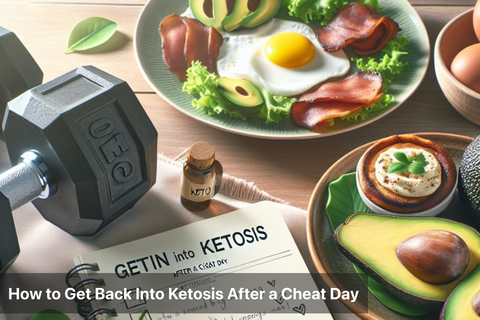
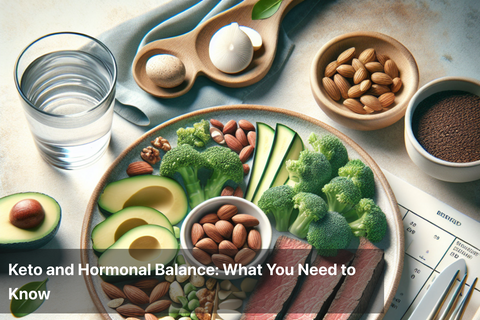
Leave a comment
Your email address will not be published.